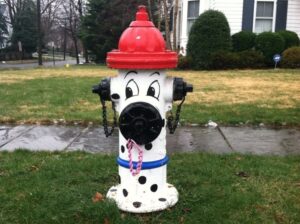
Component Additive Method for Fire-Resistance Ratings
The Canadian Building Codes allow a couple of methods for determining fire-resistance ratings of assemblies, from Article 3.1.7.1.: Tests conducted in conformance with CAN/ULC-S101 (usually

The Canadian Building Codes allow a couple of methods for determining fire-resistance ratings of assemblies, from Article 3.1.7.1.: Tests conducted in conformance with CAN/ULC-S101 (usually

If a building is on fire, how much water is needed to put the fire out? The presence of hydrants is a hopeful sign, but it should never be taken for granted that water will actually be produced in the quantities needed, or even any at all.
Disclaimer:
Kilo Lima Community (Blog and Forum) is a platform to share ideas, ask questions and to foster discussion. The perspectives and opinions expressed in blog posts and the daily forum are those of the individual commentator and/or contributor and may not reflect the opinions and view of other readers, authors, or Kilo Lima. The information in this community is intended for educational and thought provoking purposes only and must not be construed as advice. We encourage everyone requiring code advice to consult with a building or fire code expert or their local AHJ.
Kilo Lima Code is on a mission to demystify the Canadian Construction Codes so you can keep doing great work with faster access to better resources.
Subscribe to know when new posts, tools, and courses are released.
© Copyright 2020 Kilo Lima Code | Website Design by Toro Creative Co.